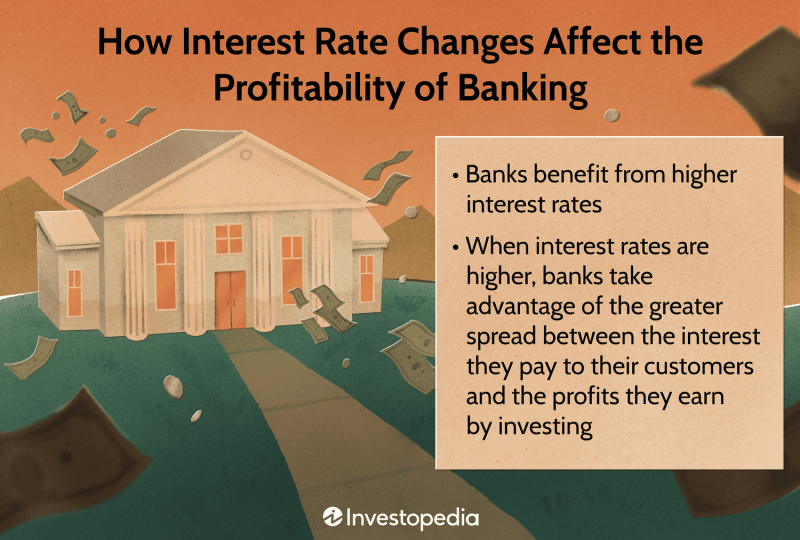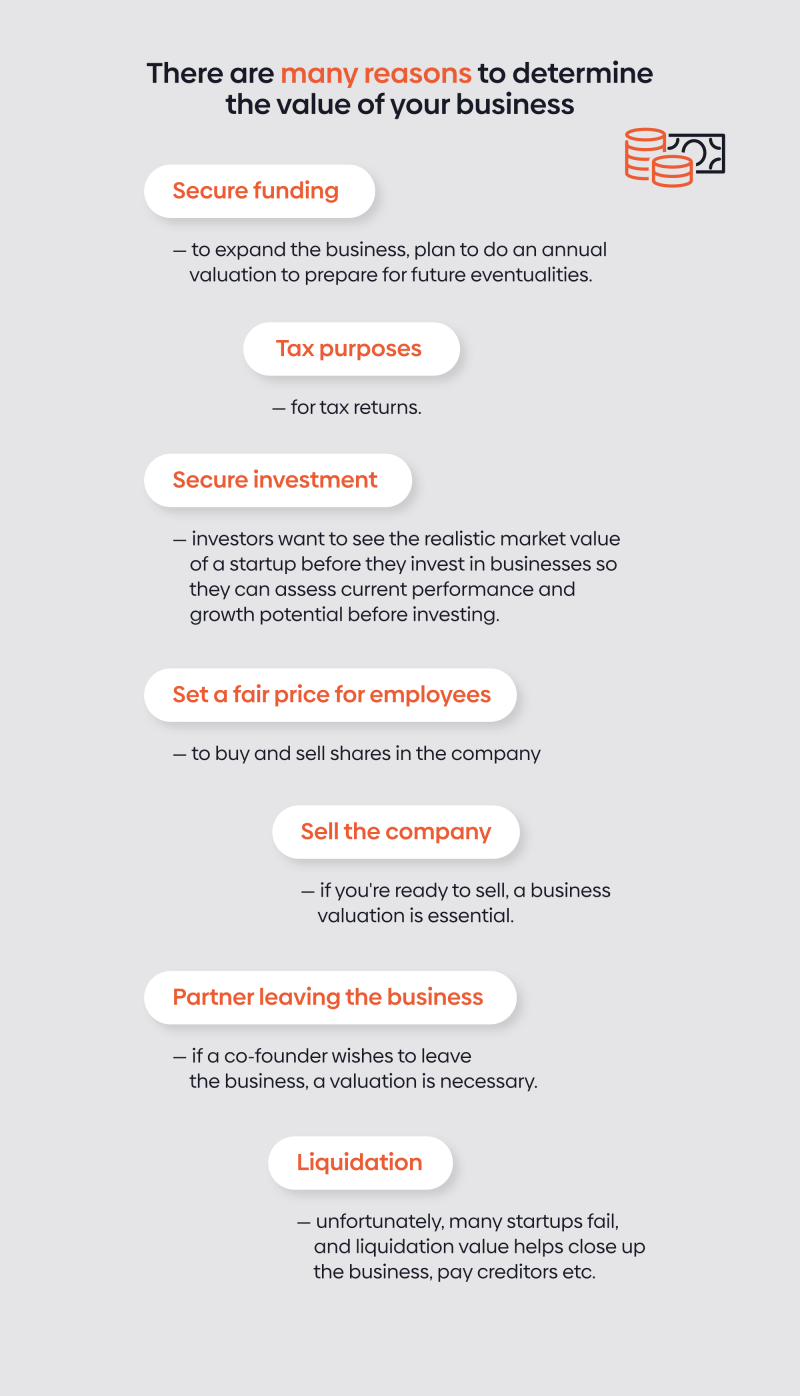How Much Interest Can I Earn Before Paying Tax – Interest on a savings account is the amount of money the bank or financial institution pays the depositor for keeping the money in the bank. Compound interest is interest calculated on the principal and interest earned from previous periods, meaning your earnings are reinvested and the future interest is greater money.
In a way, a bank borrows money from its customers by using the money deposited in it to lend money to other customers. Instead, the bank pays depositors a fee on their savings account balance while charging its loan customers a higher interest rate than it pays their depositors.
How Much Interest Can I Earn Before Paying Tax
If you reinvest the interest earned in your savings account and the original deposit amount, you will make even more money in the long run. This process of earning interest on your savings plus earning interest on any interest earned from previous periods is called compounding. Investors can use the concept of compound interest to build savings and create wealth.
Solved Suppose You Take A One Period Mortgage Loan To Buy A
Interest on savings accounts is expressed as a percentage. For example, let’s say you have $1,000 in the bank; account can earn 1% interest. Unfortunately, many banks pay less than 1% interest on savings accounts due to historically low interest rates.
Doing a simple interest calculation, $1,000 earned at 1% interest a year will generate $1,010 (or 0.01 x 1,000) at the end of the year. However, this calculation is based on simple interest, which is paid only on the principal or deposited funds.
Some investors, such as retirees, can withdraw the interest earned or transfer it to another account. Interest payments are a form of income. If you have received the benefit, the investor’s account will be accepted
However, with low interest rates, many investors may choose to leave the interest earned in their savings accounts. As a result, the money in the savings account will gain
The Easiest Guide To Isas On The Internet What Is An Isa?
In savings accounts, interest can be compounded either daily, monthly or quarterly, and you earn interest on the interest earned up to that point. Interest is always added to your balance, the faster your savings will grow.
Using our $1,000 example from earlier and using daily compounding, the amount earning interest increases by another 1/365 of 1%. At the end of the year, the deposit grows to $1,010.05 from $1,010 in simple interest.
Sure, an extra $0.05 doesn’t sound like much, but at the end of 10 years, $1,000 will grow to $1,105.17 with compound interest. A 1% interest rate compounded daily for 10 years has added more than 10% to the value of your investment.
Again, the amount you get may not seem like much, but think what would happen if you saved $100 a month and added it to your original $1,000 deposit. After one year, you will have earned $16.05 in interest, on a balance of $2,216.05. After 10 years, by continuing to add $100 per month, you will have earned $725.50, for a total of $13,725.50.
Tax On Fd Interest: How To Pay Income Tax On Fixed Deposit Interest Income?
While the amount isn’t an issue, it is a measurable expense, which is one of the main purposes of a savings account. When financial managers talk about “liquid assets,” they mean any holdings that can be turned into cash on demand.
It is, by definition, immune to changes in stock market and real estate values. In real human terms, it’s an emergency fund that can be used for unexpected expenses like medical bills or car repairs.
To truly understand the snowball effect of compound interest, consider this classic test case by none other than Benjamin Franklin. The scientist, the inventor, the inventor and the founding father are some of the presenters, so he had to laugh to start an experiment that would not come to fruition until 200 years after his death in 1790.
Benjamin Franklin gave an example of the power of mixing – called a snowball. The $4,500 left for each of the two American cities exceeded the rate of inflation for 200 years.
Filing Of Gst Return
In his will, Franklin left approximately $4,500 each to the cities of Boston and Philadelphia. You decide to invest at 5% annual interest for 100 years. Then three quarters are to be spent on a worthy cause, while the rest is to be reinvested for another 100 years. In 1990, Boston’s fund had about $4.5 million, while Philadelphia’s fund had about $2 million due to the effects of compound interest.
Franklin’s experiment shows that compound interest can build wealth over time, even when interest rates are at their lowest. If you are considering opening an account, it is quick and easy to find the current rates offered by banks online. Some banks specialize in high yield savings accounts.
The best savings accounts are those offered by banks where the interest on the account is calculated daily and there are no monthly fees. Banks often quote interest rates as annual percentage returns (APIs), reflecting the effects of compounding. Note that API and Annual Percentage Rate (APR) are not the same because APR does not include compounding.
It is compound interest on your interest or renewal of accumulated interest from previous periods. Simple interest is paid on capital or deposits.
Ocbc 360 Account
Investors can use the concept of compound interest to build savings and create wealth. If you reinvest the interest earned in your savings account and the original amount deposited, you will earn even more money in the long run.
Depending on the type of account or product, interest is usually charged monthly, quarterly or annually. Interest may also be charged weekly or daily.
Unlike Benjamin Franklin, most of us have no desire to test how much our savings might be worth in 200 years. But we all need to put some money aside for emergencies. A collective benefit combined with regular interventions can add up to a decent emergency nest egg.
Ask authors to use primary sources to support their work. These include white papers, government data, original reports and interviews with industry experts. We also refer to original research from other reputable publishers where appropriate. You can learn more about the standards we follow to create fair and impartial content in our editorial policy.
What Is Simple Interest?
The offers shown in this table are from compensatory partnerships. This compensation may affect how and where ads are displayed. does not include all offers on the market. The interest coverage ratio is a ratio of debt to earnings that is used to determine how easily a company can pay interest on outstanding debt. The profit margin is calculated by dividing the company’s earnings before interest and taxes (EBIT) by the interest expense for a period.
The interest area ratio is sometimes called the interest earned ratio (TIE). Lenders, investors, and creditors often use this formula to determine a company’s risk to current debt or future debt.
The “coverage” in the interest coverage ratio represents the length of time—usually a number of quarters or fiscal years—for which the interest can be paid with the company’s current earnings. In simple words, it represents the number of times the company can pay its obligations using its earnings.
InterestCoverageRatio = EBIT InterestEkpense where: EBIT = Earnings before interest begin &tekt=frac}} \ &tektbf \ &tekt=tekt end InterestCoverageRatio = InterestEkpense EBIT where: EBIT = Revenues -money and profit
Interest Under Section 50 Of Cgst Act 2017
The lower the ratio, the more the company is burdened with debt costs and the less capital it has to use in other ways. When the company’s interest coverage ratio is only 1.5 or less, its ability to cover interest expenses may be questionable.
Companies must have more than enough revenue to cover interest payments to survive in the future and any unexpected financial problems that may arise. A company’s ability to meet its obligations is an aspect of its profitability and is therefore an important factor in shareholder returns.
Staying afloat while paying interest is an important and ongoing concern for any business. Once a company is struggling with its obligations, it may have to take on additional debt or dip into its cash reserve, which is better used to invest in capital assets or for emergencies.
While looking at a single profit area ratio can reveal a lot about a company’s current financial position, looking at the profit area ratio over time will provide a clearer picture of the company’s position and trajectory.
Calculate Credit Card Payments And Costs: Examples
Analyzing a company’s profit margin ratio on a quarterly basis, for example, the last five years, lets investors know whether the ratio is improving, decreasing or has remained stable and provides a better measure of the company’s financial health. short work.
Also, the attractiveness of any particular level of this relationship is somewhat in the eye of the beholder. Some banks or bond buyers may be satisfied with a lower percentage in exchange for charging the company a higher interest rate on their debt.
Let’s say the company’s earnings in a quarter are $625,000 and yes
How much can i earn per year before paying tax, how much do you have to earn before paying tax, how much can you earn before paying tax, how much interest can you earn before paying tax, how much can i earn before paying 40 tax, how much interest can i earn before paying tax, how much can you earn before you start paying tax, how much money can you earn before paying tax, how much can you earn before paying income tax, how much can earn before paying tax, how much can you earn self employed before paying tax, how much you earn before paying tax








